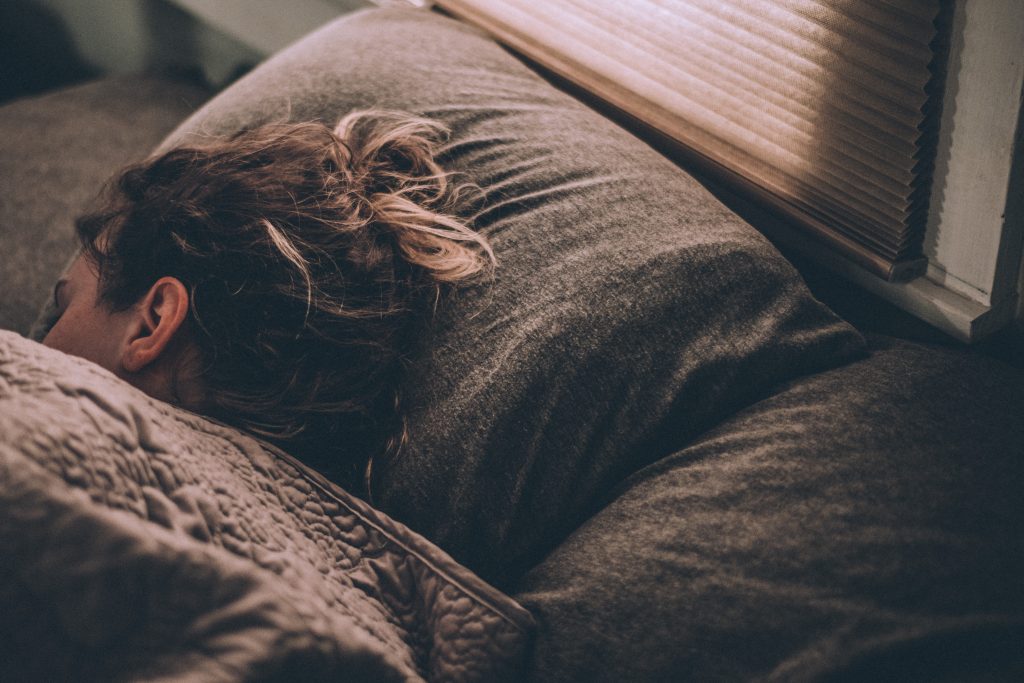In the quest for restorative sleep, many have turned to the ancient art of sound, discovering a symphony of solutions to soothe the restless mind and invite the embrace of peaceful slumber. Sound, with its innate capacity to influence our physiological and psychological states, has emerged as a transformative ally in the realm of sleep and insomnia management.

Understanding the Sleep Conundrum:
Sleep, a vital cornerstone of well-being, often eludes those grappling with insomnia. The modern lifestyle, laden with stressors, screen time, and heightened mental activity, has contributed to a rising prevalence of sleep disturbances. In this milieu, the therapeutic potential of sound takes center stage, offering a non-pharmacological approach to addressing the complexities of sleep disorders.
The Lullaby of Frequencies:
Research has delved into the impact of specific frequencies on sleep architecture. From the gentle hum of Tibetan singing bowls to the ethereal tones of crystal singing bowls, studies have explored how these frequencies can modulate brainwave patterns. For instance, the entrainment of brainwaves to delta frequencies—a characteristic of deep sleep—has been a focal point. Such entrainment, achieved through sound, mirrors the natural progression of brainwaves during the sleep cycle, potentially paving the way for more profound and restful sleep experiences.
The Resonance of Nature Sounds:
Nature, a perennial healer, contributes its own repertoire of sounds to the symphony of sleep aids. The rustling of leaves, the rhythmic lapping of waves, or the serenade of a gentle rain shower—these sounds evoke a primal connection and have demonstrated their efficacy in promoting relaxation and reducing sleep onset latency. Nature soundscapes, often encapsulated in recordings, transport individuals from the cacophony of urban life to the tranquility of natural settings, fostering an environment conducive to rest.

The Guiding Hand of Binaural Beats:
Binaural beats, a phenomenon where two slightly different frequencies are presented to each ear, creating a perceived third frequency—the binaural beat—have garnered attention for their potential in inducing desired mental states. In the context of sleep, research suggests that binaural beats, especially in the delta and theta ranges, may contribute to improved sleep quality and duration. These auditory illusions act as gentle navigators, guiding the mind into the realms of deep relaxation.
Cultural Lullabies and Sleep Rituals:
Beyond the realm of frequencies, cultural practices embedded in lullabies and sleep rituals offer a rich tapestry of sleep-inducing sounds. Across diverse cultures, caregivers have employed melodic tunes and rhythmic chants to usher children into restful slumber. The universality of these practices underscores the potency of sound as a cross-cultural sleep aid, emphasizing the primal connection between soothing sounds and the innate human need for rest.
Harmonizing Personalized Sleep Playlists:
As technology intertwines with tradition, personalized sleep playlists have become a contemporary means of leveraging the therapeutic potential of sound. Individuals curate playlists comprising their preferred sounds, whether instrumental melodies, ambient sounds, or guided meditations. This fusion of personal preference and auditory comfort empowers individuals to tailor their sonic sleep environments.
Mindful Listening and Sleep Hygiene:
Incorporating sound into a holistic approach to sleep involves cultivating mindful listening practices. Mindfulness, coupled with intentional engagement with sleep-inducing sounds, can contribute to a calming pre-sleep routine. Moreover, integrating sound into a broader sleep hygiene regimen—complete with consistent sleep schedules and a conducive sleep environment—enhances the overall effectiveness of sound as a sleep aid.
Challenges and Considerations:
While the transformative impact of sound on sleep is promising, challenges exist. Variability in individual responses, the influence of psychological factors, and the need for personalized approaches underscore the nuanced nature of sound’s impact on sleep. Ongoing research endeavors seek to unravel these complexities, shedding light on the optimal integration of sound into comprehensive sleep interventions.

In the symphony of sleep and insomnia management, sound emerges as a versatile instrument, offering both ancient wisdom and modern innovation. Whether through the resonance of traditional instruments, the calming cadence of nature sounds, or the nuanced technology of binaural beats, sound beckons individuals into the embrace of restful nights. As the transformative impact of sound on sleep unfolds, the journey to harmonious slumber continues to resonate, promising a melodic prelude to the nightly voyage into dreams.



